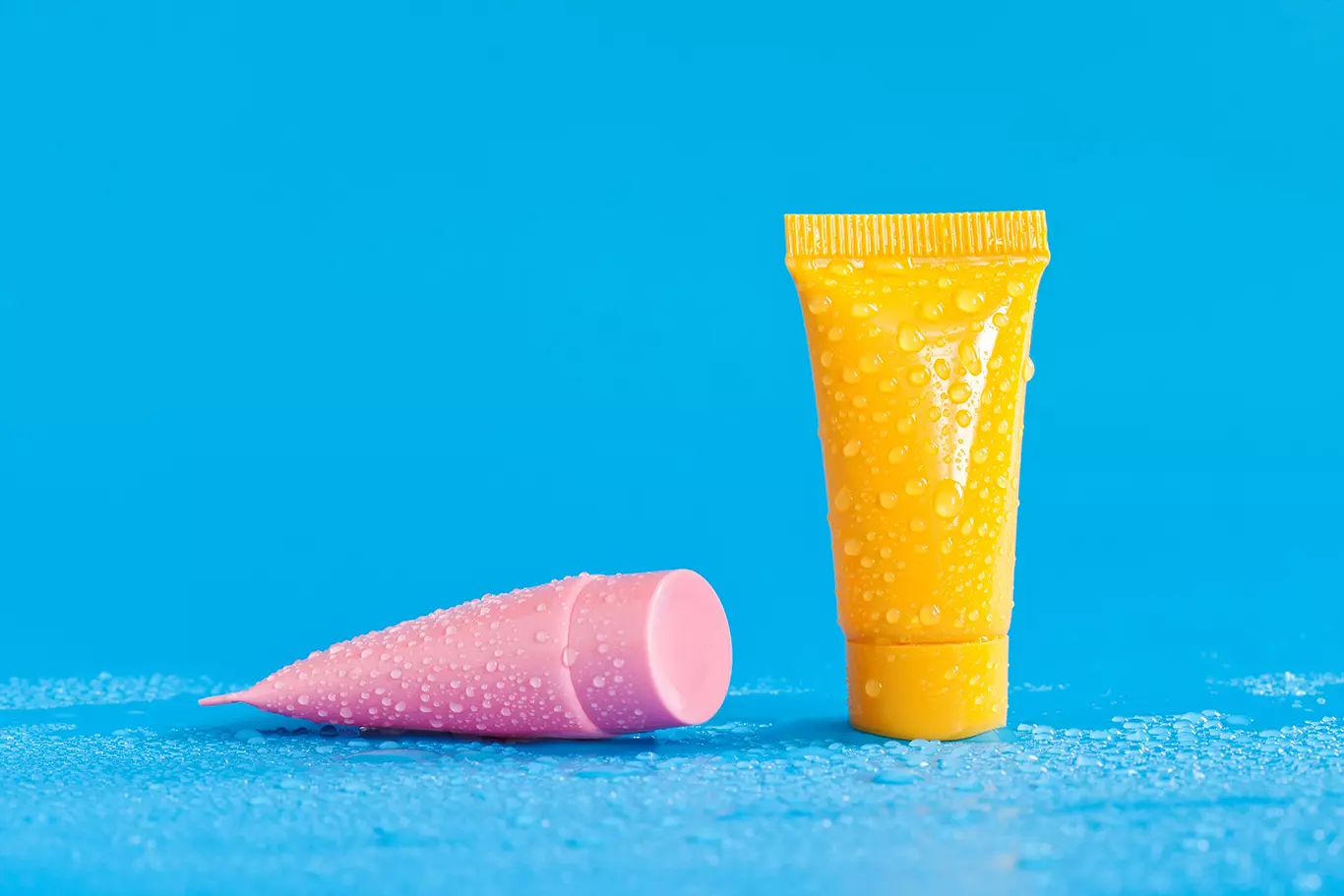The color theory states that harmonious color combinations or color schemes use any two pairs of colors opposite each other on a color chart forming a rectangle, any three colors equally spaced around the color chart forming a triangle or any two colors directly opposite each other on the color chart. This means that if you can create an accurate color wheel, you would be able to choose compatible colors with relative ease. Of course, you need to have at least some basic knowledge of colors in order to create a color wheel. More specifically, you need to know the different types of colors, particularly the primary, secondary and tertiary colors. With that in mind, here is some more information on how to choose compatible colors.
Types of Colors
There are essentially three types of colors: primary, secondary and tertiary. Primary colors cannot be obtained by mixing any other colors and they include red, blue and yellow. Secondary colors, on the other hand, are obtained by mixing two primarily colors and include violet, orange and green. It is worth noting that, if you mix all three primary colors together, they produce brown color. Finally, tertiary/intermediate colors are created by mixing a primary color and a secondary color and include blue-violet, blue-green and red-violet.
Other Colors
You can create softer, darker, brighter and lighter versions of the aforementioned colors simply by mixing the original colors with gray, black or white. Colors created this way typically have a different name from the original color.
Understanding the Basic Color Schemes
There are five basic color schemes and they include the following.
Complimentary colors — these are any two colors directly opposite each other on the color wheel. Examples include red and green, or blue and orange. Complimentary colors are generally used to create high contrast, causing something to stand out. To achieve this effect, you would need to use one color as background and the other as accents. Alternatively, you can use shades and tints. For instance, a lighter tint of red contrasted against a darker green.
Split complimentary colors — This scheme essentially matches a color with two colors adjoining its complementary color. For instance, red, yellow-green and blue-green. This scheme is relatively easy to employ, making it ideal for beginners. For instance, if you want to order your own branded skin care products from Onoxa, you can use this color scheme to design your packaging.
Analogous colors — These are any three colors adjacent to each other on the color wheel such as violet, red-violet and red. To get the best results with this color scheme, avoid including cool and warm colors in the same scheme. Additionally, use tints of analogous colors and avoid hues because they can be jarring.
Triadic colors — Any three colors that are equally apart on the color wheel, such as primary colors, are called triadic colors. This color scheme creates a high-contrast effect, albeit more balanced than the complementary colors. To achieve the best results with the triadic scheme, you should allow one color to dominate and accent with the other two colors.
Double complementary colors or tetradic — This color scheme pairs two sets of complementary colors. For instance, you can pair yellow and violet with blue and orange. By pairing four colors together, this scheme offers, a wider variety of color options compared to other scheme. However, this also makes it one of the hardest color schemes to balance.
With a good understanding of the color wheel, you should be able to choose compatible colors with relative ease for your Onoxa branding. This is largely because color schemes are derived from the color wheel.





